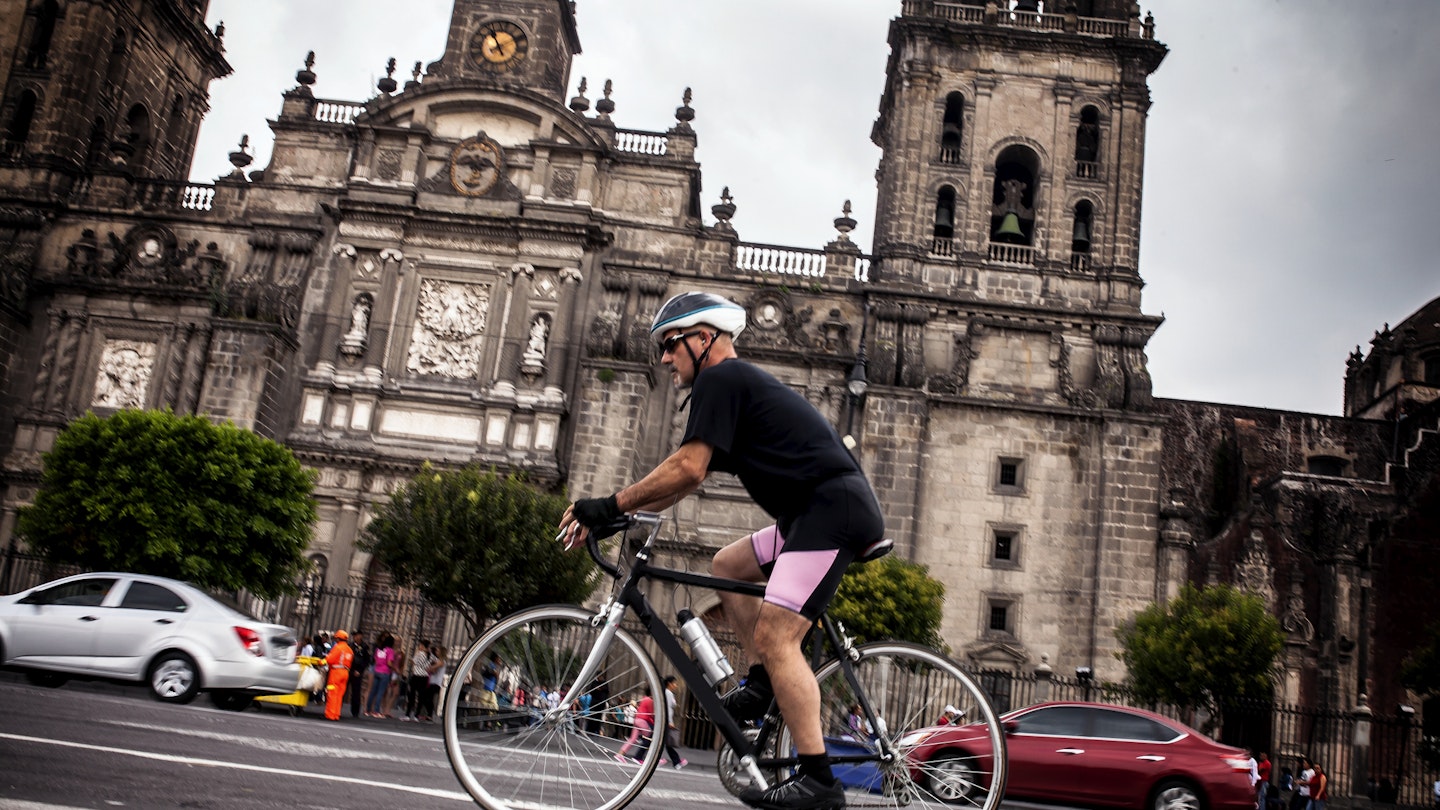Getting Around Mexico City: Transportation Options
Mexico City is one of the most culturally vibrant cities globally. Spanning approximately 50 km, it is home to over 20 million residents. Knowing how to navigate this bustling metropolis will greatly enhance your experience.

The Subway: Affordable and Efficient
The Mexico City subway is one of the most economical and widely used means of transportation. Featuring 12 lines and 195 stations, it accommodates around 5.5 million passengers each weekday. However, during peak hours (7–9:30 am and 5–7:30 pm), it can become quite crowded.
Moreover, the subway stations often showcase art, murals, and galleries. Notable stations like Hidalgo and Bellas Artes have exhibitions, while Pino Suárez even features an ancient Aztec temple.
Subway Tips:- Due to high traffic levels, large backpacks or suitcases are not permitted.
- The first three carriages are reserved for women and children.

Why a Car is Not Necessary
Residents frequently voice their frustrations regarding traffic in Mexico City. Consequently, renting a car is generally discouraged. The traffic congestion is among the highest globally, with drivers wasting approximately 132 hours in traffic annually. Therefore, it is advisable to avoid car or taxi travel during the busiest hours.
Utilizing Taxis After Dark
For comfort, especially at night, consider using a taxi. You can either flag down standard white-and-pink taxis or utilize ride-hailing apps like Uber or Cabify for added convenience.

Efficient Bus System
Mexico City boasts a comprehensive bus network operating thousands of buses and peseros from around 5 am to 10 pm daily. Electric trolleybuses typically run until 11:30 pm, while only a select few routes provide all-night service.
Pesero Buses
Pesero minibuses are operated by private companies. They follow established routes and stop almost anywhere. Fares are as low as M$5 for trips up to 3 miles, increasing slightly for longer rides. Route information is available on cards attached to the buses.
Metrobús
The Metrobús is an accessible and efficient transit option. It features designated lanes and prepaid fare systems. With frequent service, it operates from 5 am until midnight.
Many routes showcase key attractions, making it an excellent choice for tourists.
Trolebús
Municipally operated trolleybuses provide essential service throughout the city, offering affordable fares and access to key areas. Trolleybuses ensure a reliable mode of transport to navigate busy streets.

Cycling Opportunities
Cycling is becoming increasingly popular in Mexico City, particularly on Sundays when major thoroughfares are transformed into car-free zones. The Muévete en Bici program allows thousands to explore without motorized traffic from 8 am to 2 pm.
Furthermore, the city facilitates cycling with more bike lanes and accessible bike rental systems, encouraging tourists and locals alike to choose this sustainable alternative.
Cable Car Experience
The Cablebús is a unique and efficient method to cross the city. Featuring two main lines, it connects neighborhoods often underserved by other transit options. For a small fee, visitors can soar above traffic and witness panoramic views of the city’s striking landscape.
Accessible Transportation
Traveling around Mexico City can be challenging, especially for individuals with disabilities. Fortunately, the Metrobús is the most accessible option, featuring facilities to accommodate diverse needs.
Additionally, Turibús offers wheelchair-friendly tours throughout historical areas, enhancing accessibility across the city.
Enhanced Public Transport Passes
To address traffic issues, the Integrated Mobility Card was introduced as an easy-to-use prepaid transport card. This innovative card simplifies travel across metro, buses, and cable cars with a single convenient payment method.
Travelers can acquire the card at various stations, ensuring seamless exploration of all that Mexico City has to offer.





